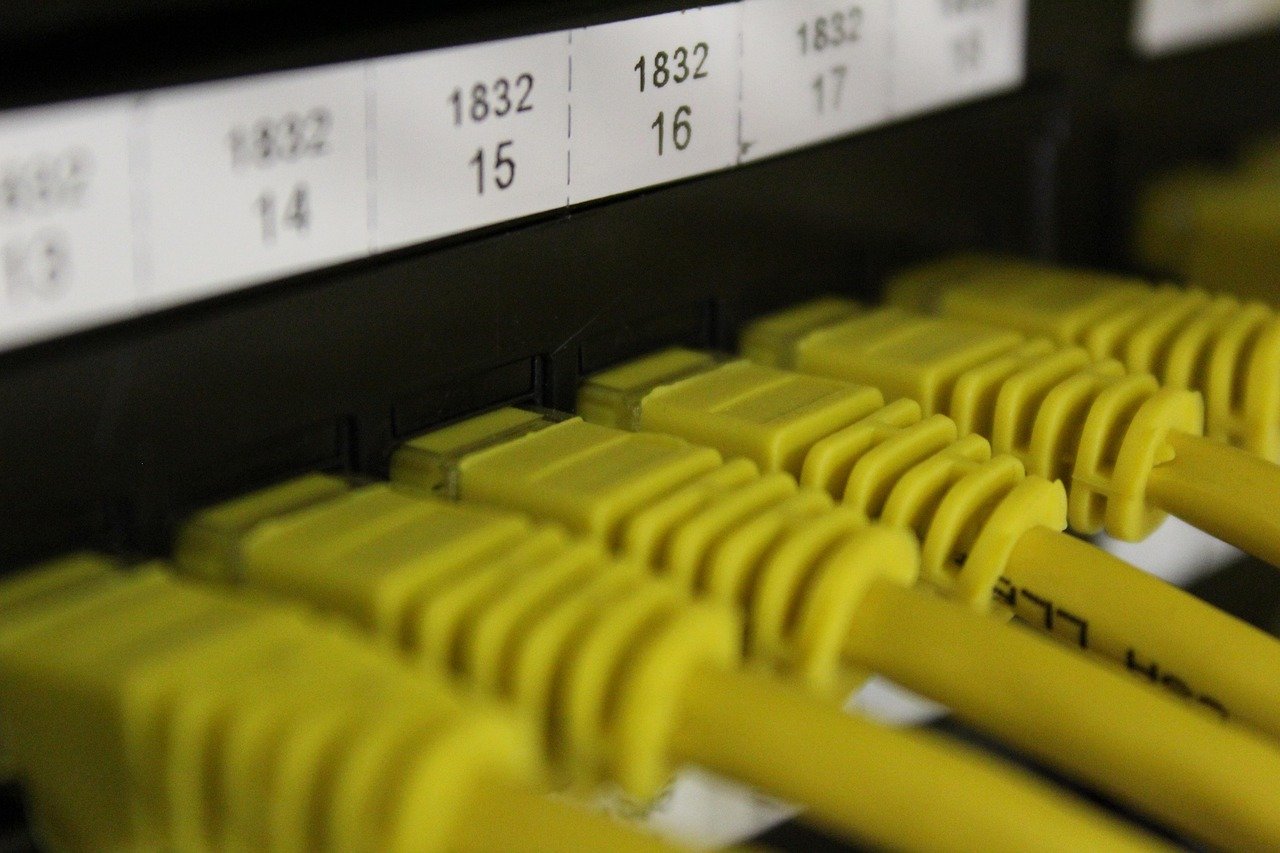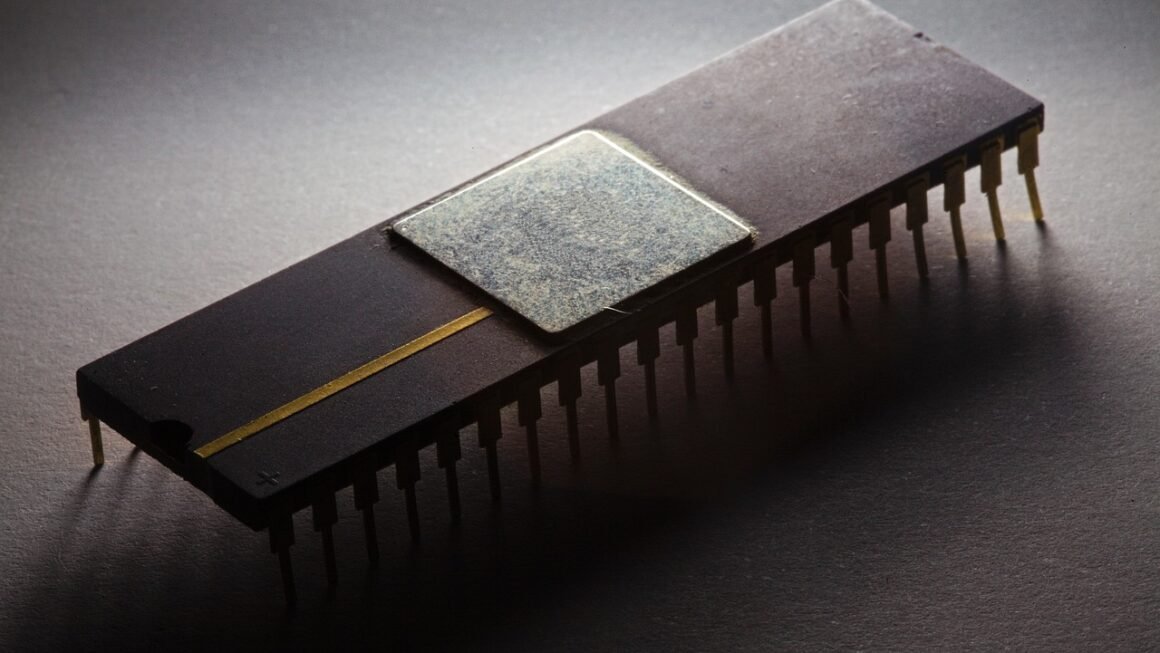Imagine a world where medicine is personalized to your DNA, where materials are stronger and lighter than ever before, and where energy is harvested with unprecedented efficiency. This isn’t science fiction; it’s the promise – and increasingly the reality – of nanotechnology. Nanotechnology, the manipulation of matter at the atomic and molecular scale, is revolutionizing industries and shaping our future in profound ways. This article explores the fascinating world of nanotechnology, delving into its principles, applications, and potential impact.
What is Nanotechnology?
Nanotechnology, at its core, is the engineering of functional systems at the molecular scale. This generally involves working with materials and devices with dimensions between 1 and 100 nanometers. A nanometer is one billionth of a meter – incredibly small! At this scale, materials exhibit unique properties different from those observed in bulk form. These properties can be exploited to create innovative products and solutions across various fields.
The Nanoscale Difference
Why is the nanoscale so special? The answer lies in the dominance of quantum mechanics and surface effects.
- Quantum Mechanics: At the nanoscale, quantum mechanical effects become significant, influencing the behavior of electrons and other particles. This leads to novel optical, electrical, and magnetic properties.
- Surface Area to Volume Ratio: As particle size decreases, the surface area to volume ratio increases dramatically. This means that a greater proportion of atoms are located on the surface, leading to enhanced reactivity and other surface-related phenomena. This high surface area is useful in catalysis, sensors, and other applications.
Two Main Approaches: “Top-Down” and “Bottom-Up”
There are two primary approaches to nanotechnology:
- Top-Down: This involves starting with larger structures and reducing them in size to the nanoscale. Think of a sculptor carving a statue from a block of marble – the sculptor removes material to achieve the desired form. Examples include etching and lithography techniques used in semiconductor manufacturing.
- Bottom-Up: This approach involves building structures from individual atoms or molecules. It’s like constructing a building brick by brick. Examples include self-assembly and chemical synthesis. While more challenging, the bottom-up approach offers the potential to create materials with atomic precision.
Applications of Nanotechnology
Nanotechnology is not confined to a single industry; its applications are remarkably diverse. Here are some key areas where nanotechnology is making a significant impact:
Medicine and Healthcare
Nanotechnology holds tremendous promise for revolutionizing medicine, from diagnostics to drug delivery and regenerative medicine.
- Targeted Drug Delivery: Nanoparticles can be designed to deliver drugs directly to cancer cells, minimizing side effects on healthy tissues. For example, liposomes (tiny spherical vesicles made of lipids) can encapsulate drugs and be targeted to specific cells using antibodies or other targeting molecules.
- Improved Diagnostics: Nanosensors can detect diseases at earlier stages by identifying biomarkers (indicators of disease) in blood or other bodily fluids. Quantum dots, for instance, are fluorescent nanoparticles used in medical imaging.
- Regenerative Medicine: Nanomaterials can be used as scaffolds to support the growth of new tissues and organs, potentially leading to breakthroughs in treating injuries and diseases.
Electronics and Computing
Nanotechnology is essential for the continued miniaturization and improvement of electronic devices.
- Smaller, Faster Transistors: Nanowires and carbon nanotubes are being explored as replacements for silicon in transistors, allowing for smaller, faster, and more energy-efficient computers.
- High-Density Data Storage: Nanomaterials can be used to create high-density data storage devices, enabling larger storage capacities in smaller devices.
- Flexible Electronics: Nanomaterials can be incorporated into flexible substrates to create flexible displays, sensors, and other electronic devices.
Energy and Environment
Nanotechnology offers solutions for energy generation, storage, and conservation, as well as for environmental remediation.
- Improved Solar Cells: Nanomaterials can enhance the efficiency of solar cells by improving light absorption and conversion. For example, quantum dots can be used to absorb a broader spectrum of sunlight.
- Energy Storage: Nanomaterials can improve the performance of batteries and supercapacitors, leading to increased energy density and faster charging times. Lithium-ion batteries with nanomaterial electrodes have shown significant improvements in performance.
- Water Purification: Nanomembranes can filter out pollutants from water, providing access to clean drinking water. Nanoparticles can also be used to remove heavy metals and other contaminants from soil and water.
Materials Science and Engineering
Nanotechnology is transforming the properties of materials, leading to stronger, lighter, and more durable products.
- Stronger Composites: Nanoparticles can be added to composite materials to increase their strength and stiffness. Carbon nanotubes, for example, are used to reinforce plastics and other materials.
- Self-Cleaning Surfaces: Nanocoatings can create self-cleaning surfaces that repel water and dirt. These coatings are used on windows, textiles, and other surfaces.
- Scratch-Resistant Coatings: Nanoparticles can be incorporated into coatings to make them more scratch-resistant. These coatings are used on automotive paints, eyeglasses, and other products.
The Ethical and Safety Considerations
While nanotechnology offers enormous potential, it’s crucial to address the ethical and safety implications associated with its development and use.
Environmental Impact
The environmental impact of nanomaterials is a key concern.
- Toxicity: Some nanoparticles have been shown to be toxic to cells and organisms. The long-term effects of exposure to nanomaterials are still being studied.
- Persistence: The persistence of nanoparticles in the environment is another concern. Some nanoparticles may accumulate in soil and water, potentially harming ecosystems.
- Life Cycle Assessment: Conducting thorough life cycle assessments of nanomaterials is crucial to understand their environmental impact from production to disposal.
Health and Safety
The potential health effects of exposure to nanomaterials need to be carefully evaluated.
- Inhalation: Inhalation of nanoparticles is a particular concern, as they can penetrate deep into the lungs.
- Skin Contact: Skin contact with nanoparticles can also lead to absorption into the body.
- Regulation: Regulations are needed to ensure the safe handling and disposal of nanomaterials.
Ethical Considerations
Ethical considerations surrounding nanotechnology include:
- Privacy: Nanotechnology could be used to develop surveillance technologies that infringe on privacy.
- Equity: Ensuring that the benefits of nanotechnology are distributed equitably and not just to the wealthy is important.
- Transparency: Transparency in the development and use of nanotechnology is essential to build public trust.
The Future of Nanotechnology
The field of nanotechnology is rapidly evolving, with new discoveries and applications emerging constantly.
Emerging Trends
Some key emerging trends in nanotechnology include:
- Nanobots: The development of nanobots, tiny robots that can perform specific tasks at the molecular level, is a major area of research.
- DNA Nanotechnology: Using DNA as a building material to create nanoscale structures is another exciting area.
- Artificial Intelligence Integration: Combining nanotechnology with artificial intelligence is opening up new possibilities for creating intelligent materials and devices.
The Promise of Nanotechnology
Nanotechnology has the potential to address some of the world’s most pressing challenges, including:
- Combating Disease: Developing new treatments and diagnostics for diseases like cancer and Alzheimer’s.
- Providing Clean Water and Energy: Creating sustainable solutions for water purification and energy generation.
- Improving Manufacturing Processes: Developing more efficient and sustainable manufacturing processes.
Conclusion
Nanotechnology represents a paradigm shift in how we understand and manipulate matter. From medicine to electronics to energy, its impact is already being felt across a wide range of industries. While ethical and safety considerations must be carefully addressed, the potential benefits of nanotechnology are undeniable. As research and development continue, we can expect to see even more groundbreaking applications of nanotechnology in the years to come, transforming our world in ways we can only begin to imagine. The key takeaway is to stay informed about the developments in this field and to support responsible innovation in nanotechnology for a brighter future.



